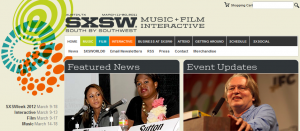“A United States federal panel of scientists and security experts has identified 11 microorganisms that it wants designated as Tier 1 select agents, a new category of biological agents that would be subject to higher security standards than other pathogens and toxins used in biomedical research. The category would include anthrax, Ebola, Variola major and Variola minor, the Marburg virus, the virus that causes foot and mouth disease, and bacterial strains that produce the botulinum neurotoxin. At the same time, the panel has recommended dropping 19 pathogens and six toxins from the broader list of 82 agents that are currently governed by the select agent program.”
Fine by me. I’d never want to work with any of these in any case. And the “practical” uses aren’t necessarily the kinds of things I want to be practical with. Though, as with botox, what might we learn about medicine and biological mechanisms from these deadly bugs and viruses that might actually help us?


